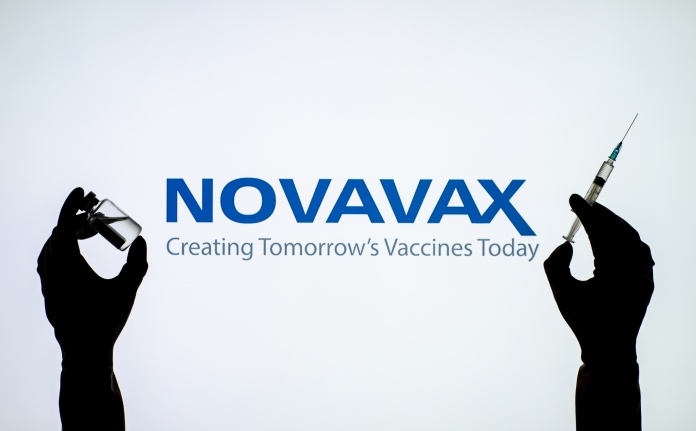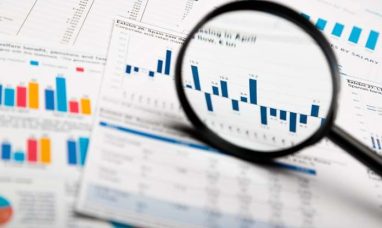Novavax (NASDAQ:NVAX) has exceeded market expectations for quarterly revenue, driven by U.S. government grants to support the cost of clinical trials. The company, which has been relying on cost-cutting measures and commercial sales of its modified COVID shot, expressed readiness to implement additional cost reductions in the coming year.
Novavax shares saw an increase of nearly 4% in early trading as the company projected a cash reserve of over $2 billion through the end of 2025 from secured revenues. However, despite the positive financial outlook, Novavax reiterated its “going concern warning.”
The Maryland-based biotech reported third-quarter revenue of $187 million, a decrease from $734.58 million the previous year but surpassing expectations of $158.5 million. Novavax highlighted its ability to optimize U.S. grant opportunities, which contributed to the positive financial results.
The company emphasized its commitment to cost-cutting measures and announced a reduction of liabilities by $128 million in the third quarter. Novavax is prepared to implement an additional $300 million in cost reductions in 2024, aligning itself with the smaller-than-expected COVID-19 vaccine market. The cost-saving efforts will include the reduction of idle capacity and overhead support at facilities.
Novavax expects the U.S. market for COVID-19 shots in 2023-2024 to range between 30 million and 50 million doses. The company acknowledged that the market for COVID-19 shots this year was significantly smaller than initially anticipated, with over 15 million people in the United States, approximately 4.5% of the population, having received the updated COVID-19 shots by October 27.
As of September 30, Novavax reported $666 million in cash, up from $518 million at the end of June. The company’s updated COVID shot, which utilizes a more traditional technology compared to the mRNA-based vaccines of Pfizer (PFE.N) and Moderna (MRNA.O), received authorization in the U.S. in October.
Novavax faced challenges in the early stages of the pandemic, leading to manufacturing issues that delayed its approval filing, causing it to miss out on the initial COVID-19 vaccine windfall that benefited its rivals. The company’s stock experienced a significant decline of 93% last year and is currently down approximately 34% this year.
Featured Image: Megapixl















